Agile methodology basics
Agile is a project management approach developed as a more flexible and efficient way to get products to market. The word ‘agile’ refers to the ability to move quickly and easily. Therefore, an Agile approach enables project teams to adapt faster and easier compared to other project methodologies.
Many of today’s projects have more unknowns than a traditional project management methodology can adequately handle. This uncertainty makes it challenging to document requirements and adapt to changes successfully.
This guide will explain the Agile methodology, including which projects will benefit from an Agile approach and how to implement one effectively.
If you would like to incorporate the Agile methodology into your projects, you can get started with Wrike’s pre-built and customizable Agile template.

What is Agile methodology?
Agile methodology is an approach to project management that uses four values and 12 principles to organize projects.
The four values of the Agile Manifesto are:
- Individuals and interactions over processes and tools
- Working software over comprehensive documentation
- Customer collaboration over contract negotiation
- Responding to change over following a plan
The Agile method works in ongoing sprints of project planning and execution, enabling you to continuously adapt and mature your plan, scope, and design throughout the project.
Agile projects require an iterative approach, which supports incremental, frequent, and consistent delivery of workable products to your customer or client. This innovative approach ensures your project team can consistently deliver concrete products without being delayed by changes and evolving requirements.
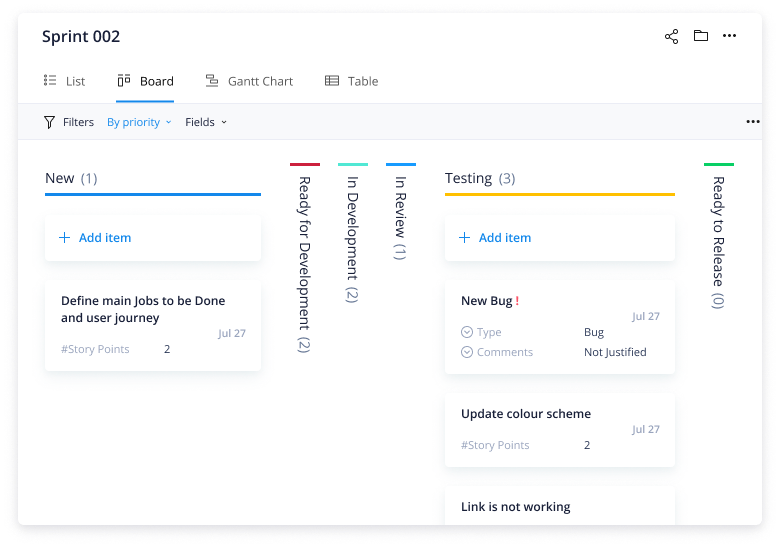

Agile has a high level of customer involvement and includes frequent reviews of progress with both the project team and the customer.
You can run an Agile project using several different frameworks. Some of the more popular ones include:
- Scrum
- Kanban
- Extreme Programming
- DSDM
This video on the Agile methodology further explains the approach, breaking down everything from the core principles to the Agile frameworks.
The history of Agile methodology
Depending on the source, the origins of Agile methodology can be traced back to the 1990s, 1975, or even as early as the 1960s. However, everyone agrees that Agile took root with the creation of the Manifesto for Agile Software Development, also known as The Agile Manifesto.
The Agile Manifesto was originally released in February 2001 to create a new way of managing software development. A group of leading software developers wrote the manifesto on a retreat in Utah, where they had met to discuss industry problems and potential solutions.
This group understood that the software industry needed a better, quicker way to get products to market. Their goal was to develop new methods for changing a product and project that would not impact the cost or delay the production schedule.
They determined that dividing a project into shorter iterations would allow for faster development and testing. Reviews (called sprint retrospectives) would take place at the end of every iteration, and changes could then be made without having to wait for the end product.
The Agile Manifesto was initially drafted as a solution for software development management, but the Agile methodology has since grown to encompass projects across various industries and businesses.
The 12 Agile principles
The Manifesto for Agile Software Development outlines 12 Agile principles that all projects should follow. These are:
1. Our highest priority is to satisfy the customer through early and continuous delivery of valuable software. The first principle of Agile methodology states that customers should receive project deliverables or iterations across regular intervals throughout the project’s life cycle, rather than just one product delivery at the end.
2. Welcome changing requirements, even late in development. Agile processes harness change for the customer's competitive advantage. The Manifesto’s authors found that, with traditional project management, it was difficult to accommodate last-minute change requests. This principle ensures that Agile projects can adapt to any changes, no matter how late in the game, with minimal delay.
3. Deliver working software frequently, from a couple of weeks to a couple of months, with a preference for shorter timescales. Agile projects plan for frequent, short project timelines that allow for a fast turnaround of workable products. Teams will often break Agile projects into one to four week-long sprints or project intervals, each one ending in the delivery of a product.
4. Business people and developers must work together daily throughout the project. This Agile principle states that regular communication with all stakeholders is critical to the project’s success. Commonly, this involves a short daily meeting with both the project team and any other key stakeholders.
5. Build projects around motivated individuals. Give them the environment and support they need, and trust them to get the job done. A central concept of the Agile project management methodology is that the right people need to be placed in the right positions and given the autonomy required to do their jobs well. It’s essential to design a project team based on capabilities rather than job positions or titles. The project manager’s focus should be on motivating the project team and supporting them, rather than micromanaging them.
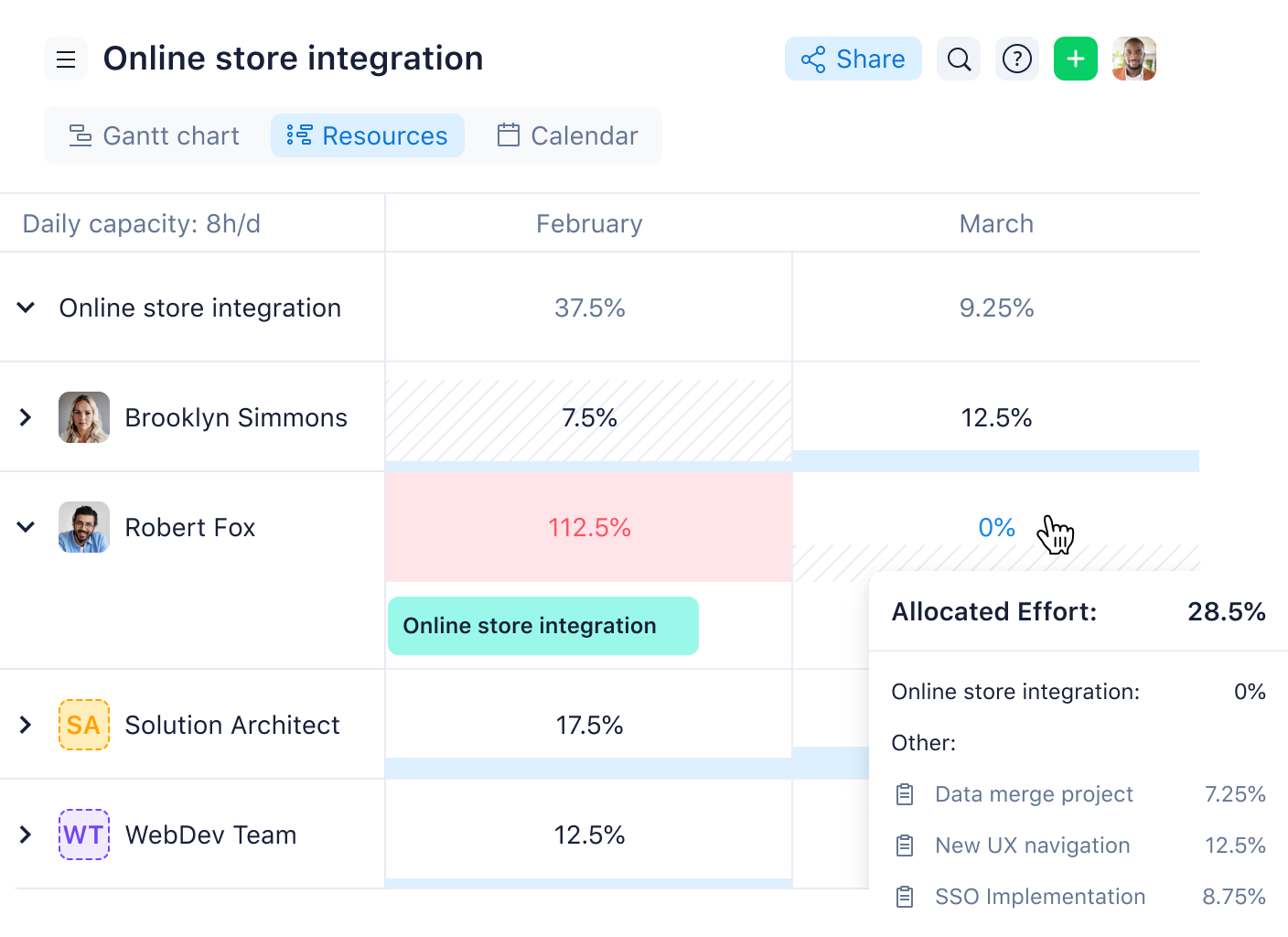

6. The most efficient and effective method of conveying information to and within a development team is face-to-face conversation. The Agile Manifesto emphasizes the importance of co-locating teams and stakeholders whenever possible, as face-to-face communication is more effective than email or phone. If your team cannot be co-located, video conferencing is an option that can still capture the value of non-verbal cues.
7. Working software is the primary measure of progress.The Agile methodology aims to provide complete, working deliverables. This goal should always take priority over any additional requirements, such as project documentation. Other metrics, such as hours spent or time elapsed, are not considered as important as delivering working products.
8. Agile processes promote sustainable development. The sponsors, developers, and users should be able to maintain a constant pace indefinitely. According to this principle, Agile projects should have a consistent pace for each iterative cycle or sprint within the project. This breakdown should eliminate the need for overtime or crashing schedules while promoting frequent output of workable products. It should also create a repeatable cycle that the team can continuously follow for as long as necessary.
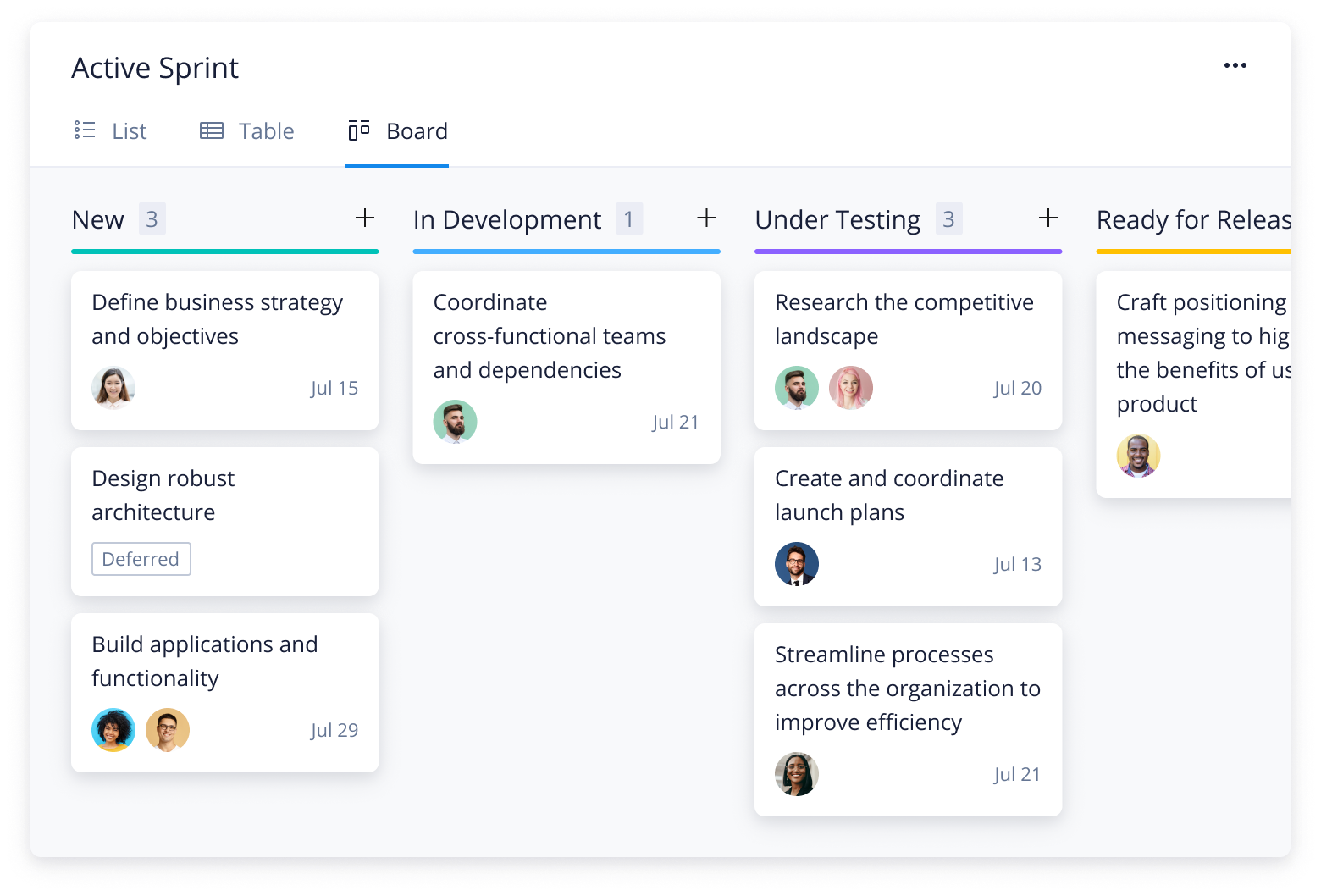

9. Continuous attention to technical excellence and good design enhances agility. An Agile project’s primary focus should be on improving the end product and achieving advancements consistently over time. Each iteration should always improve on the previous one, and the team should always be looking to innovate.
10. Simplicity – the art of maximizing the amount of work not done – is essential. An Agile project aims to get just enough done to complete the project and meet the requested specifications. Any additional documentation, steps, processes, or work that does not add value to the customer or enhance the project outputs should be avoided or eliminated.
11. The best architectures, requirements, and designs emerge from self-organizing teams. Agile is based on the belief that you need motivated, autonomous, and skilled teams to deliver the best results and products. Teams should be empowered to organize and structure themselves as required. They should have the freedom to collaborate and innovate as they see fit, without being hampered by too much oversight.
12. The team discusses how to become more effective at regular intervals, then tunes and adjusts its behavior accordingly. A successful, self-motivated team requires a strong focus on advancing their skills and processes to grow and improve. The team should have regular reviews on their performance and outcomes, including discussions on improving as they move forward.
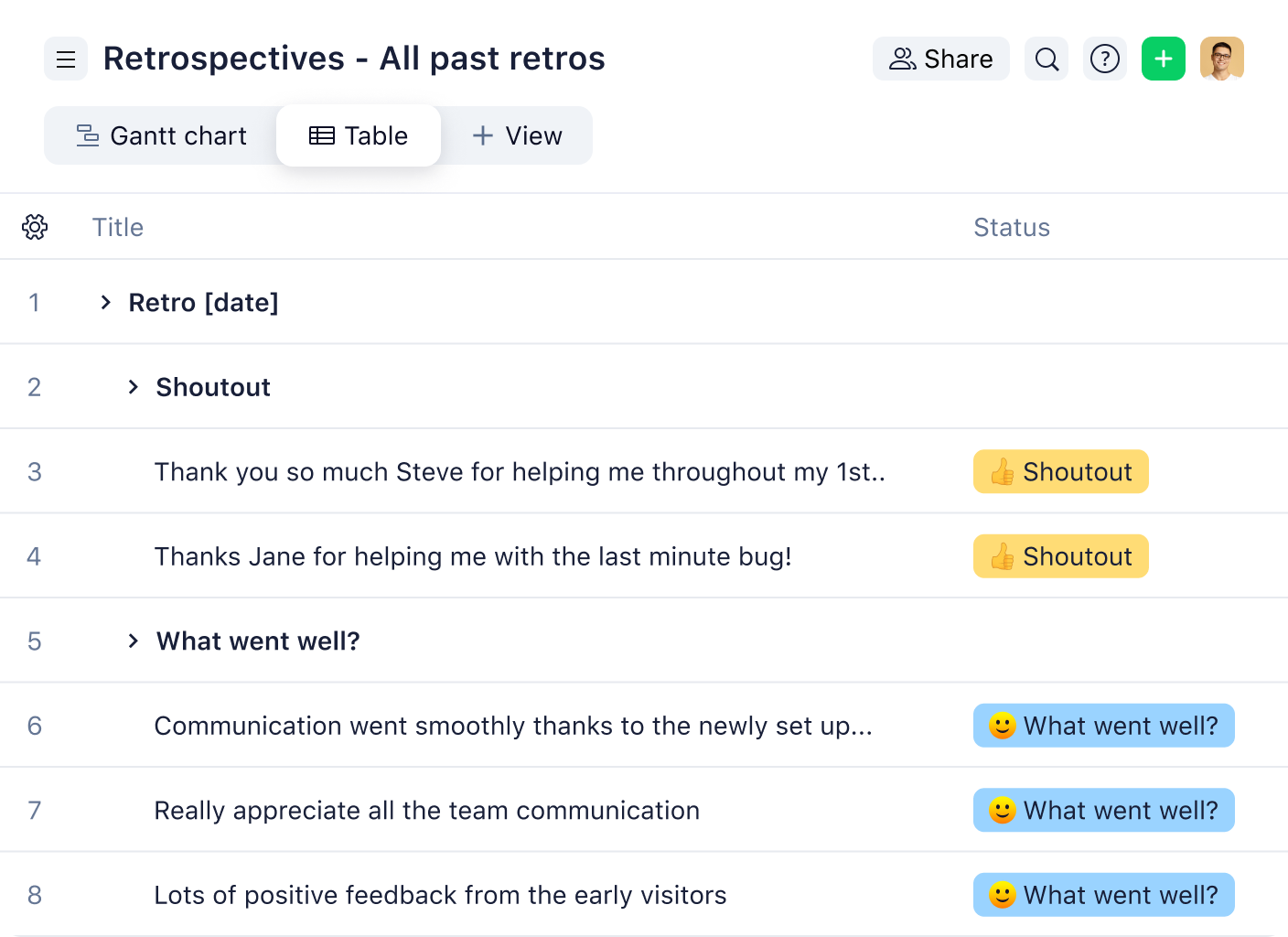

The benefits of Agile project management
The benefits of Agile project management are many, particularly for the following organizations and project types:
- Any project that evolves or does not have clear scope and requirements at the start
- Organizations that work in a fast-changing environment, such as technology
- Organizations that need to work closely with their customers and other external parties throughout the life of the project
- Companies that emphasize process and product improvement and are constantly looking to innovate
- Projects with many interdependent tasks, where the team needs to work closely and frequently communicate to ensure success
- Companies that need to create a prototype before building the final project outcome
- Projects that require rapid feedback from stakeholders about each product iteration before moving on to the next version or draft
Unleash the power of Agile methodology
Here are the five largest benefits of adopting an Agile method:
Continuous customer contact
Traditional project management methods generally only had the project team in touch with the customer at the start and end of the project. If customer requirements or expectations were not captured correctly in the beginning or changed over time, the project team had no idea until it was too late. With Agile, there’s ongoing contact throughout the entire process and iterative deliveries to ensure your team is on track, so the end product will be exactly what the customer wants.
The ability to adapt
What if your customer told you halfway through a project that they needed a scope change? Using a traditional approach to project management, this either couldn’t be accommodated or likely involved significant increases to both the project cost and schedule. With Agile, you can incorporate changes with minimal effort, no matter how far along in the project.
Faster delivery
Agile incorporates a continuous development approach that ensures your team is continuously delivering workable products. Instead of waiting for six to 12 months or longer for an end product, your client is getting a working version of the product at much shorter intervals, typically every two to four weeks.
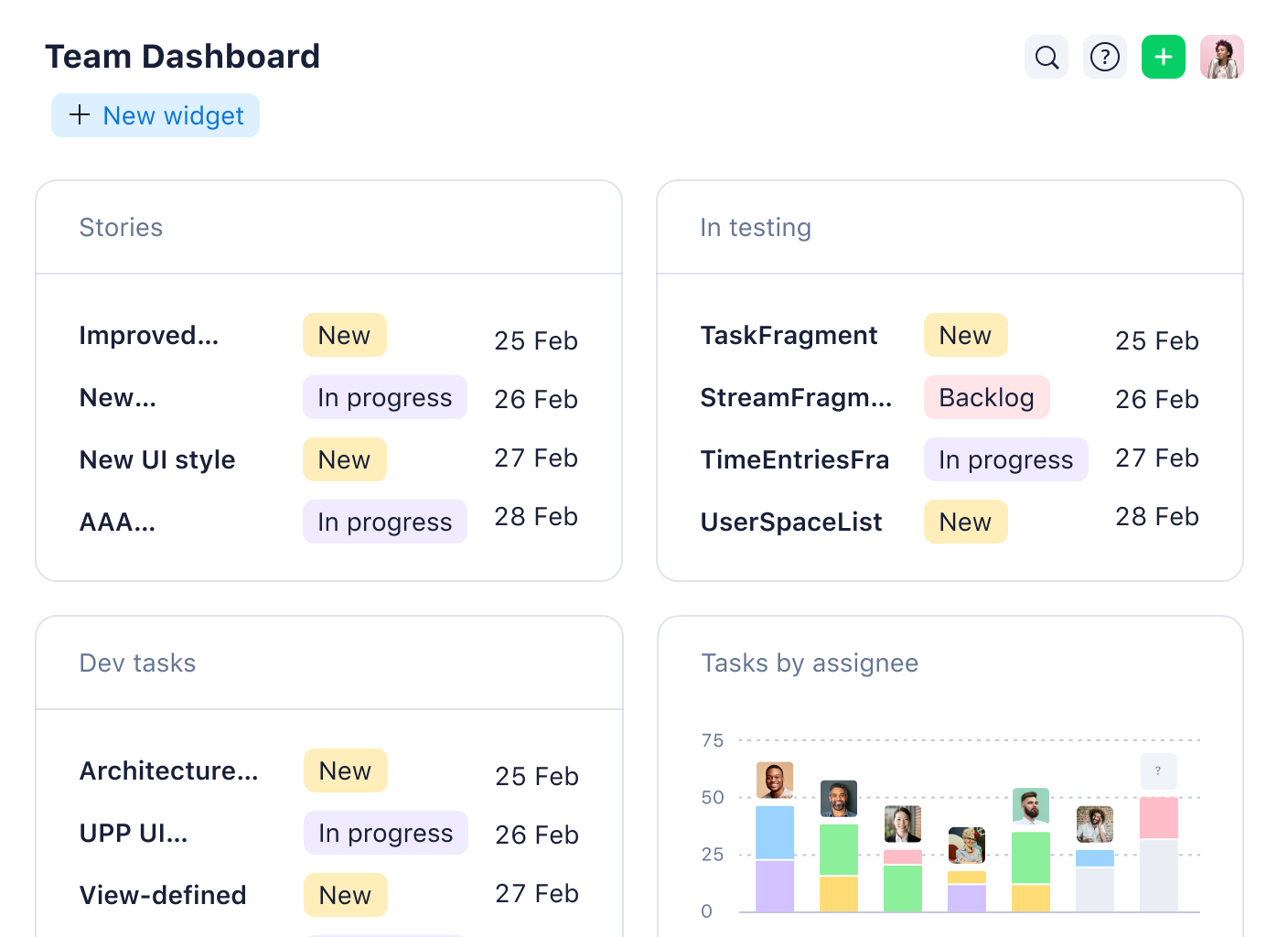

Lower project risk
Your team is developing versions of the product regularly and getting customer feedback early on, minimizing the risk of a project failing. Breaking a large project into iterations reduces your risk of an iteration or draft failure. You’re more likely to find small problems early that can be addressed quickly, rather than discovering a large issue only at the time of final testing before the end delivery. If later you encounter a problem or need to cancel the project, you’ll have invested less time and money.
Ongoing innovation
Agile supports collaboration and continuous improvement, both of which can lead to innovation and the development of new products and features. Co-locating teams and having daily meetings encourages brainstorming and idea creation. Agile supports an “idea meritocracy” where the best idea wins out, no matter who it comes from. The project team, other stakeholders, and the customer can figure out functionality and features together.
When not to use the Agile project management method
Despite the many benefits of Agile, the methodology is not for every project or organization. But how do you know when not to use the Agile project management method? What are the advantages and disadvantages of Agile methodology?
Here are four times the Agile development methodology isn’t the best option:
The outcome of your project is stable and well understood
Agile is intended to help reduce the cost of change and uncertainty on a project by breaking it down into iterative project management stages. However, if there’s already very little uncertainty and a low possibility of change, Agile may not be the most effective approach. For instance, if you work in an industry with heavy regulations or where many of the project requirements are already known, you don’t need iterative planning and multiple drafts.
Your project must produce a repeatable deliverable
By definition, a project is “a temporary endeavor with a beginning and an end, and it must be used to create a unique product, service or result.” But what if a customer asks you to construct five identical houses, and you decide to create a separate project and team for each one? Using Agile could result in five unique houses rather than five identical ones. One of the disadvantages of Agile is that it’s not designed for reproducibility.
Your stakeholders don’t want Agile
An Agile project requires continuous contact with your stakeholders. However, some may not have the time, ability, or desire to dedicate themselves to a project. If the project is considered low value or low risk, they may prefer a more traditional approach where you only involve them at key phases or final delivery.
Your company cannot support Agile
If your company or project team isn’t ready, adopting the Agile development cycle can introduce risk to your project.
Here are five indicators that your company isn’t ready to use Agile:
- Agile isn’t well understood. If your team and company don’t have training in Agile or a sound understanding of its principles, practices, and frameworks, then they’re not ready to use it.
- Key stakeholders are resistant. Whether it’s your project sponsor or a key team member, if someone is resisting adopting Agile, then you’ll need to resolve the issue before you can successfully adopt the methodology.
- Your organization cannot support daily collaboration. If there are significant barriers to communication and open collaboration between team members, Agile may not be the best approach.
- The company structure cannot support cross-functional teams. On an Agile project, people from many different operations need to meet, communicate, and collaborate throughout the project’s life. If functions are siloed in your company, this might not be realistic.
- Your organization requires heavy documentation. If your company requires extensive documentation and test reports, Agile may be too costly to adopt. One of the 12 Agile principles is to reduce project reports, requirements, and traceability matrices.
Agile vs. Scrum
The Agile method outlines the best practices for organizing projects based on the four values and 12 Agile software development principles documented in the Agile Manifesto. You may have seen comparisons between Scrum and Agile. The definition of Scrum is “a framework for project management that emphasizes teamwork, accountability, and iterative progress toward a well-defined goal.” Scrum is a framework that you can use to implement these Agile principles, values, and best practices.
To better understand Agile vs. Scrum, you can think of Scrum as a guideline for adopting the Agile approach to project management. Scrum provides the rules, roles, events, tools, and artifacts necessary for successfully adopting an Agile mindset.
The main difference between Agile and Scrum is that Agile is the process you want to achieve, and Scrum is a tool for its success. You will often hear Scrum and Agile used interchangeably, as Scrum is the most popular framework for Agile. However, it’s not the only framework you can implement to plan and run an Agile project.
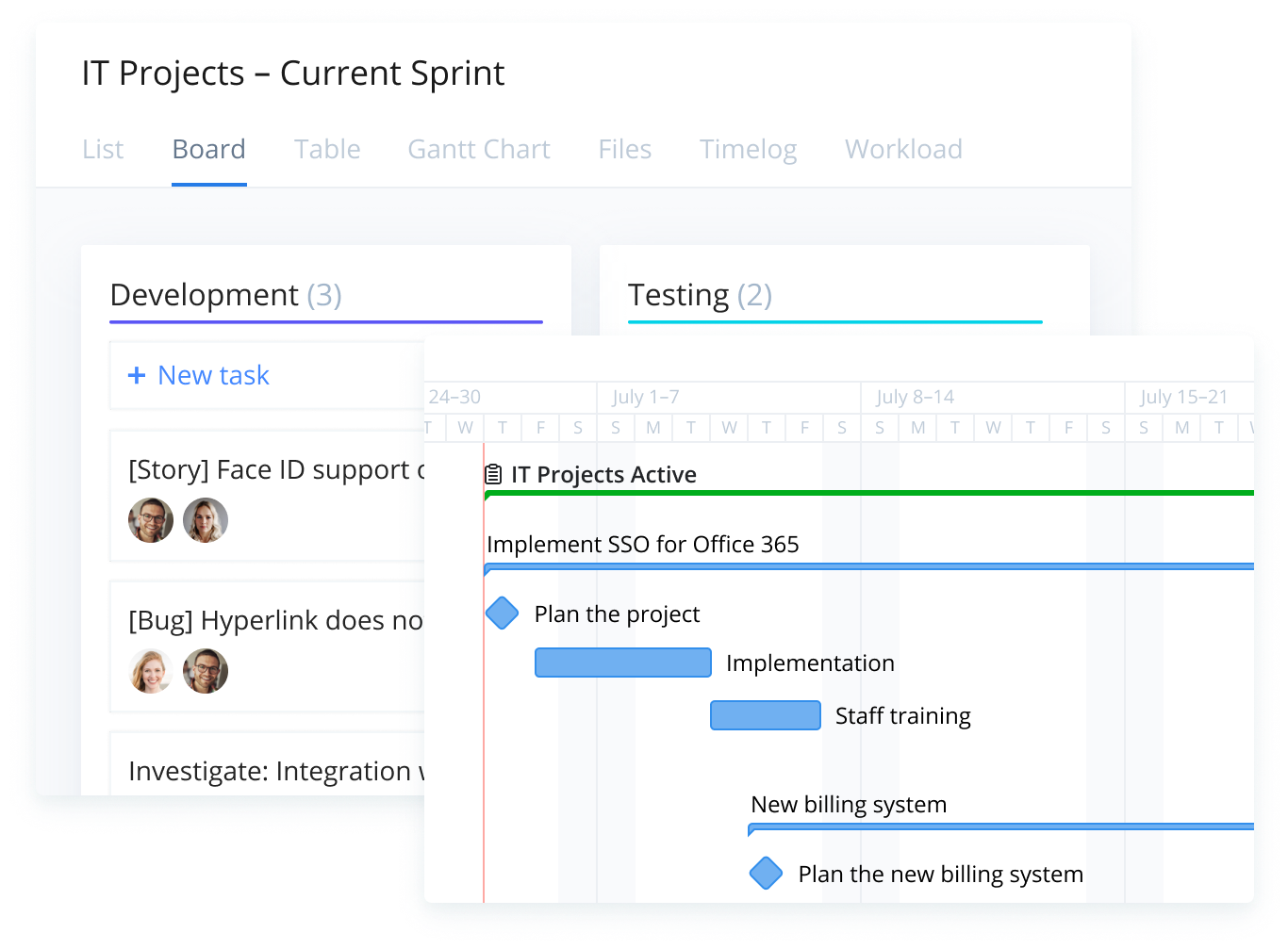

Agile vs. Waterfall project management
Agile methodology project management and Waterfall project management are two of the more popular methods for organizing projects. When determining how to plan and run your next project, you’ll likely start by comparing Agile and Waterfall project management to determine which is more suitable.
Waterfall is a more traditional approach to project management, involving a linear project flow. It’s best for clearly defined projects with definitive timelines and well-defined deliverables from the outset. In other words, if your major project constraints are well understood and documented, Waterfall is likely your best option.
The core principles of Waterfall include:
- Gathering all requirements upfront
- Completing all work in structured, sequential, pre-defined phases
- Conducting testing only after product development or construction is completed
Conversely, Agile was created to handle projects where the primary constraints are not well understood.
As discussed earlier, Agile is an iterative, flexible approach to projects. This method splits a project into stages or “sprints,” allowing it to mature and evolve as you gain more information.
When deciding between Waterfall project management and Agile, it should ultimately come down to your end product’s maturity and how well you understand the project’s outcomes and requirements in the initiation phase.
Adopt the Agile methodology with Wrike
If you’re ready to implement the Agile methodology into your projects, Wrike has the solution for you. Ours robust platform provides the necessary resources to manage sprints, organize backlogs, and produce workable deliverables.
With our pre-built Agile teamwork template, you can establish processes instantly, ensuring a smooth start to your project.
Additional Agile resources
Here are some Agile resources that delve further into the Agile methodology and how to successfully implement it:

Artem Gurnov
Artem is a Director of Account Development at Wrike. He previously held the role of Project Manager, overseeing a team of customer success managers (CSMs). Over the years of building teams and scaling business processes, he has successfully deployed multiple projects, from automating client outreach to setting up work prioritization tools for sales reps and CSMs.


